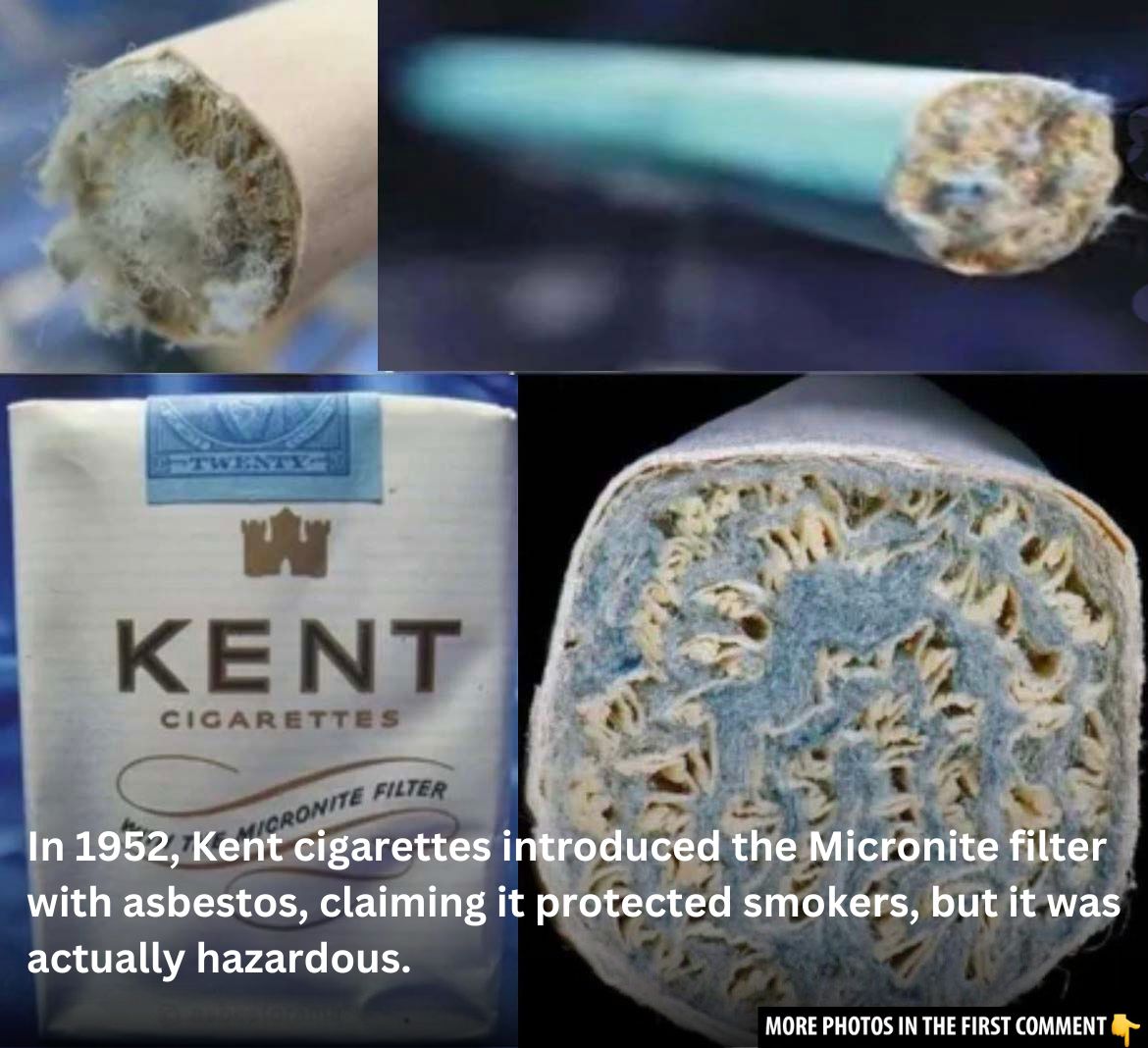In the mid-20th century, asbestos was heralded as a miracle material, celebrated for its heat resistance, durability, and versatility. It was used in everything from construction materials to household items, and even as a component in cigarette filters. But as time passed, the harmful effects of asbestos exposure became undeniable. Through rare photographs from the 1930s to the 1970s, we get a glimpse into a period when asbestos products were marketed as safe, offering a chilling reminder of how ignorance and profit once collided. Let’s journey back to an era where deadly materials were sold as the solution to everyday needs.
Asbestos in the Spotlight: The Rise of a “Miracle” Material
The story of asbestos’s rise begins in the late 19th century when large deposits of the mineral were discovered in parts of Canada and the United States. Its exceptional fire-resistant properties made it an ideal material for a range of applications, from construction to automotive parts. In the early 20th century, asbestos became an essential component in many industries, with its use in fireproofing and insulation at the forefront. Its low cost and abundance allowed manufacturers to incorporate it into everything from ceiling insulation to household goods, all while advertising it as safe and beneficial.
The Great Asbestos Deception: Marketing a Dangerous Product
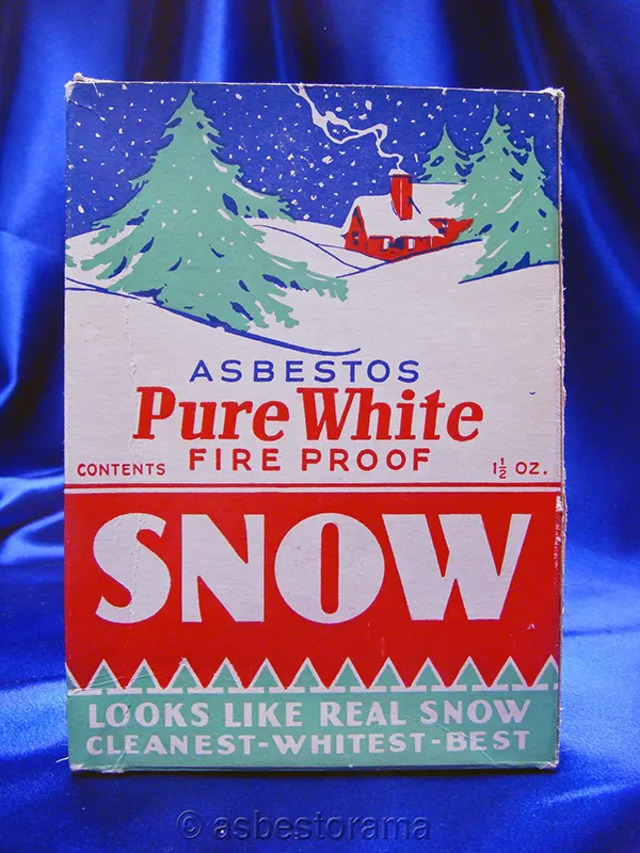
During the 1930s to the 1970s, asbestos was widely used in consumer products. The advertisements from this era portrayed the material as a solution to many problems, from fire resistance to ease of maintenance. One of the most egregious examples of this was the marketing of asbestos-based products in the home. Fireproof Snow Drift, a popular Christmas decoration in the 1940s, was made from asbestos fibers. Sold as “harmless” and perfect for creating a festive atmosphere, consumers were unaware that they were unwittingly inhaling deadly fibers. These images of families joyfully decorating with asbestos-based snow provide a jarring contrast to the danger that the material posed to their health.
Moreover, asbestos wasn’t just limited to home goods. It was also promoted as a vital material for industrial and automotive use, found in products like brake shoes, clutch fittings, and even fire-resistant clothing for workers. The widespread use of asbestos in various industries was not questioned, despite mounting evidence linking it to severe respiratory diseases. In fact, many companies continued to promote asbestos products even after early studies showed their hazardous effects.

Video
Watch the video to discover the “wonderful” uses of asbestos in inventions, as featured by British Pathé! Don’t miss this surprising look at its history before the dangers were known.
The Unseen Dangers: Asbestos in Cigarette Filters

Perhaps the most startling chapter in the asbestos story is its inclusion in cigarette filters. In 1952, the P. Lorillard Tobacco Company introduced the Kent Micronite filter, which they advertised as the new, safer way to smoke. The company claimed that its Micronite filter was not only effective at removing harmful tar but was also the same material used in hospital operating rooms to filter air. This misleading campaign failed to disclose that the filter contained crocidolite asbestos, one of the most dangerous forms of asbestos, known to cause severe lung conditions and cancers.

Through vintage advertisements and promotional materials, we can see how the cigarette industry exploited the public’s trust in asbestos. For a brief period, the Micronite filter was seen as a cutting-edge innovation, but the truth about its toxicity would later come to light, leaving behind a legacy of health issues and mistrust in product safety claims.
The Impact: Growing Awareness and Regulation
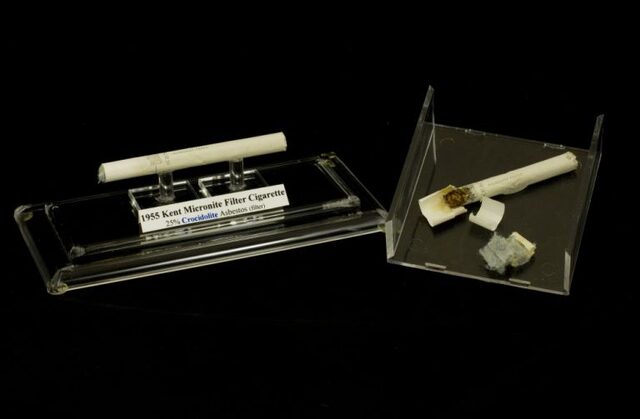
While asbestos products flourished for decades, by the 1970s, the increasing incidence of lung diseases in workers and consumers led to growing concern. Lawsuits, medical studies, and awareness campaigns started to uncover the harsh realities of asbestos exposure. The initial signs of harm, including the development of asbestosis, were traced to occupational exposure, particularly in mining and factory settings. This led to calls for regulation and eventually the introduction of asbestos-related safety standards.
In the United States, the Environmental Protection Agency (EPA) began regulating asbestos use, but it was a slow process. In fact, it wasn’t until the 1980s that comprehensive legislation was enacted to limit asbestos exposure in the workplace and in public spaces. By this time, thousands of people had already suffered and died from diseases related to asbestos exposure.
The Legacy of Asbestos: Reflections from Vintage Ads
Looking at these vintage photos and advertisements from the 1930s to the 1970s, it’s hard to believe that a material that was so widely regarded as a solution to everyday problems could have been so dangerous. The images show a public blissfully unaware of the looming health risks, with children playing in homes filled with asbestos products, and families using asbestos-laden decorations without realizing the long-term harm. These historical snapshots reveal the gap between public perception and scientific reality, highlighting how easily consumer trust can be exploited when companies fail to disclose the dangers of their products.
Even decades after the widespread use of asbestos, its presence lingers in the legacy of buildings, products, and health conditions. Today, with modern regulations in place, we can look back on these images with a sense of disbelief at how a material once considered a wonder product could lead to such devastation.

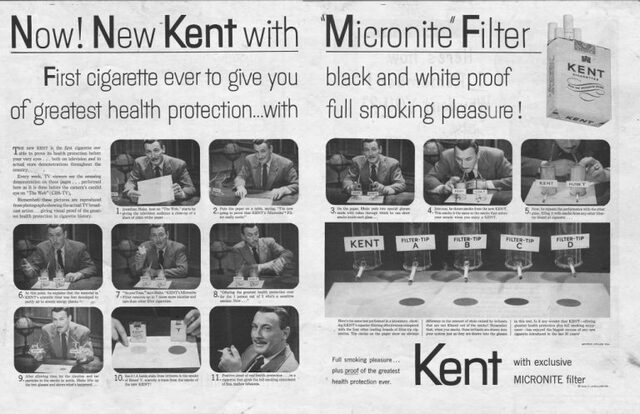
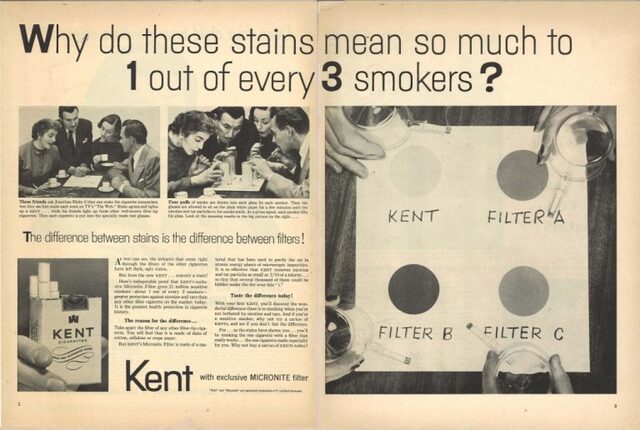
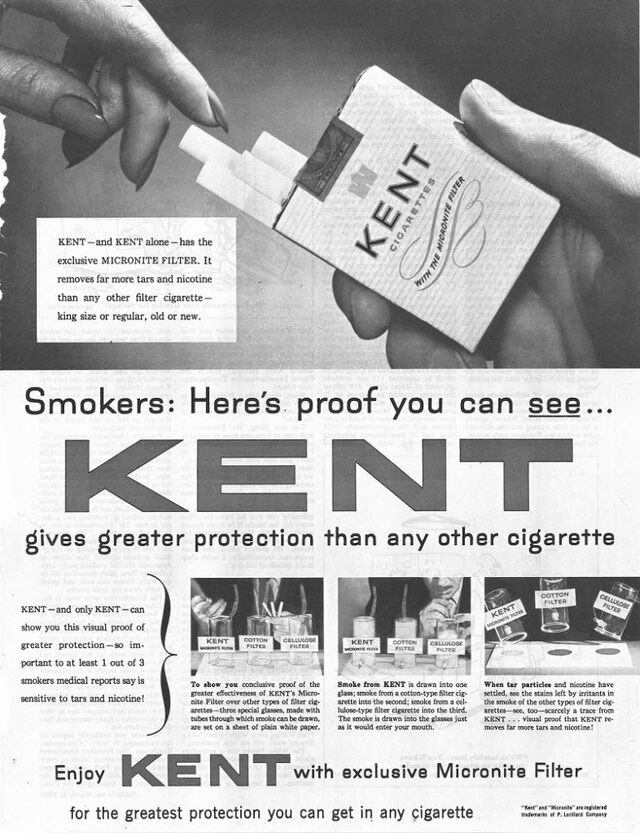
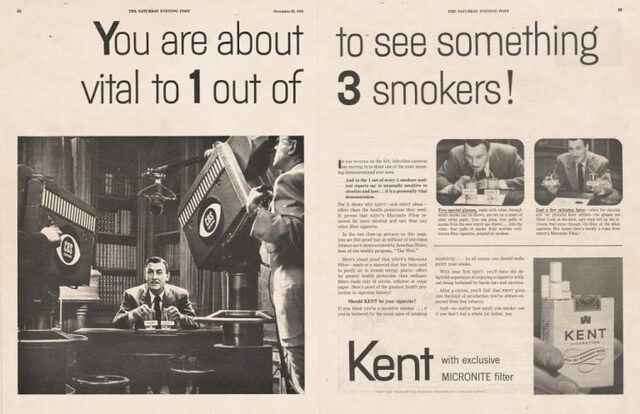
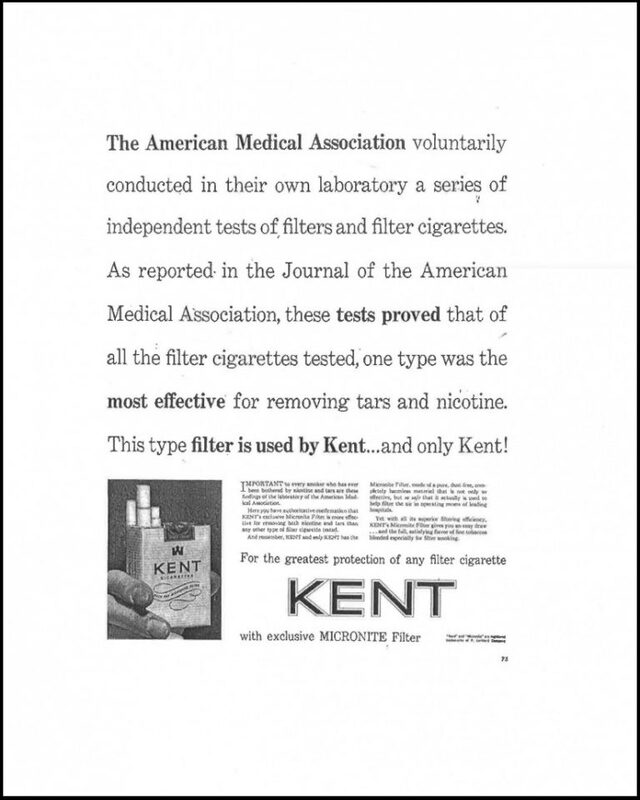


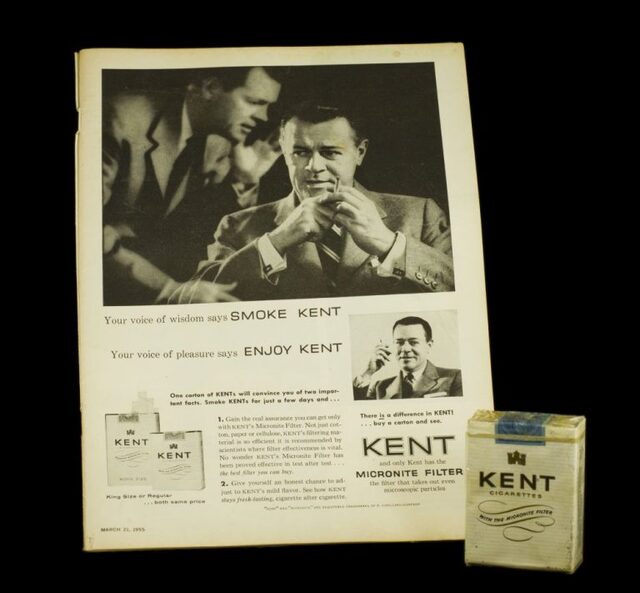
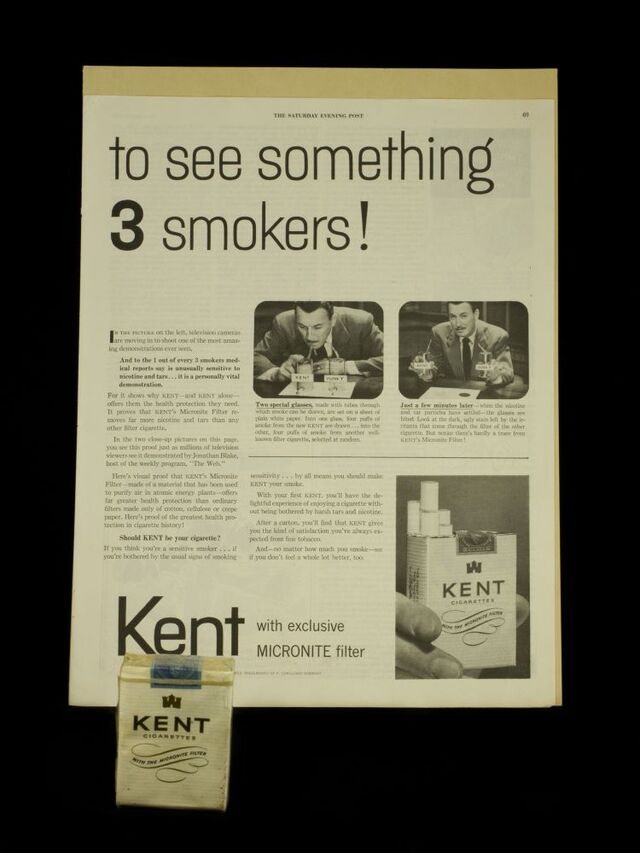

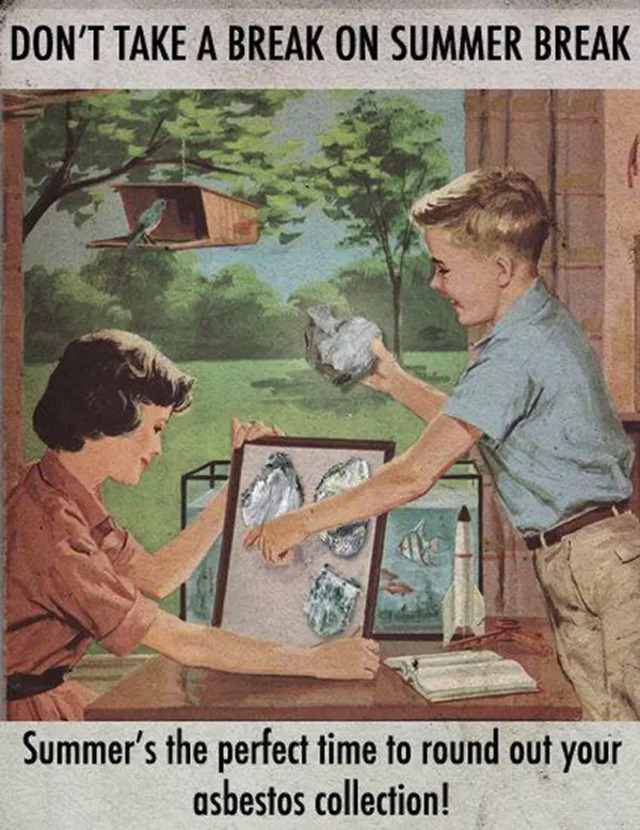


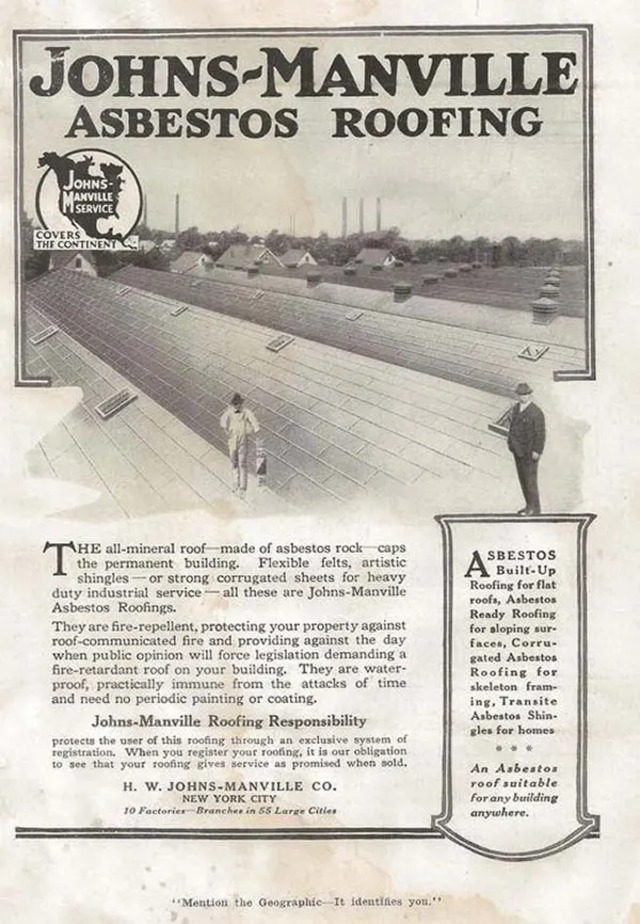

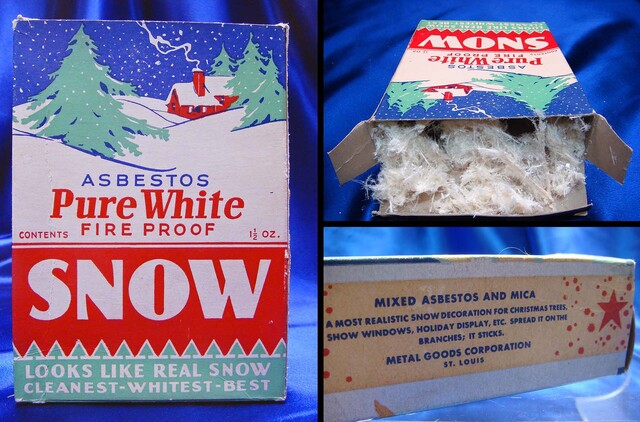


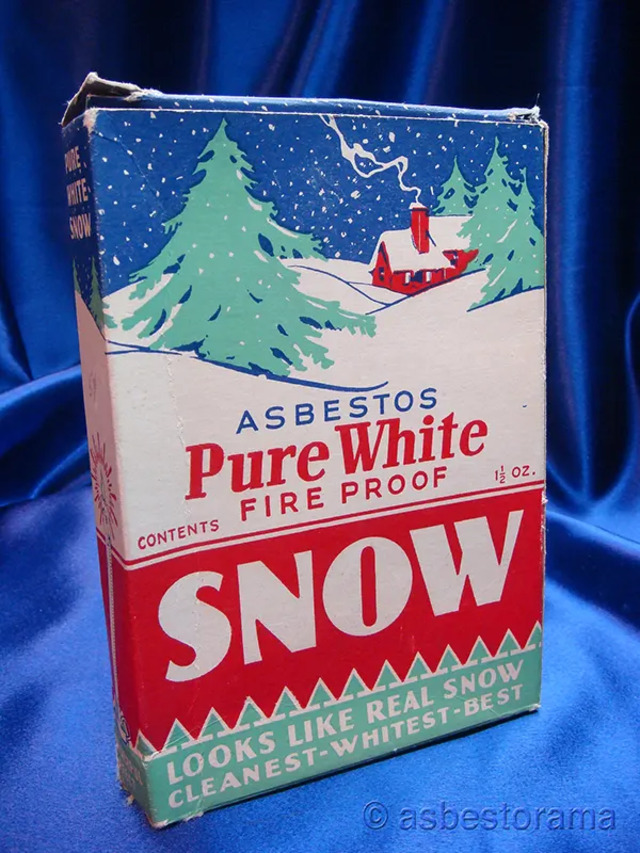
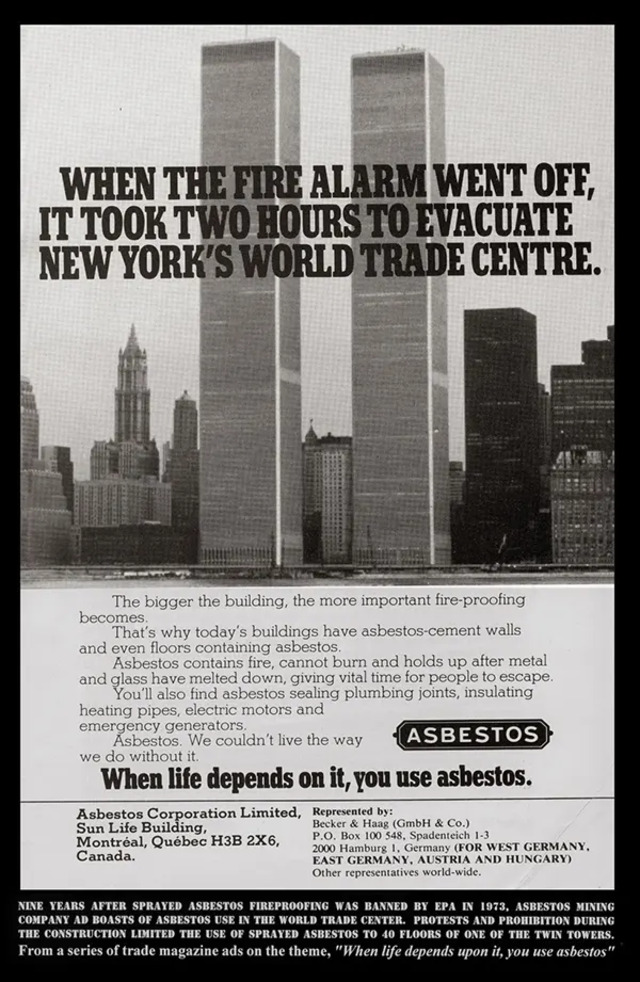

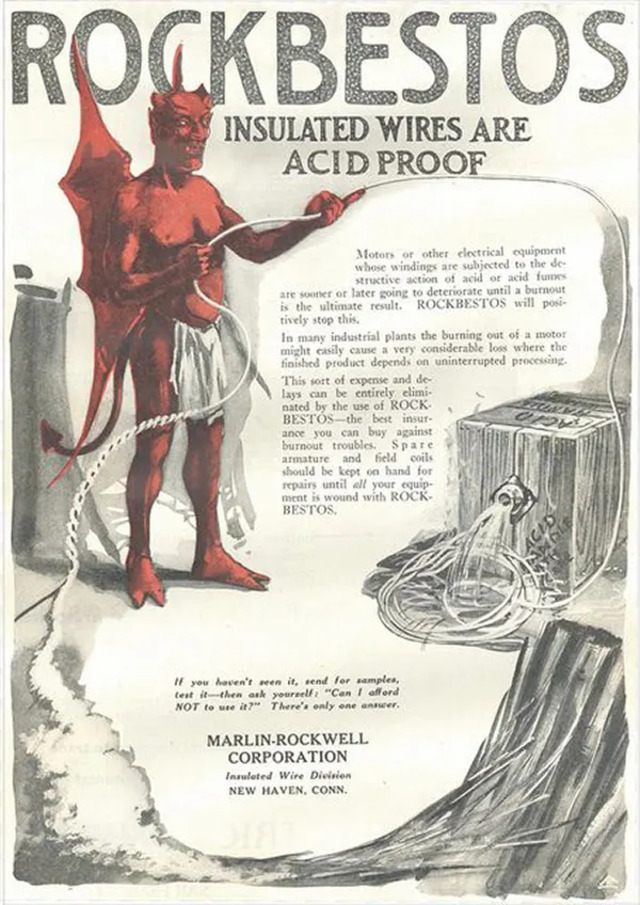
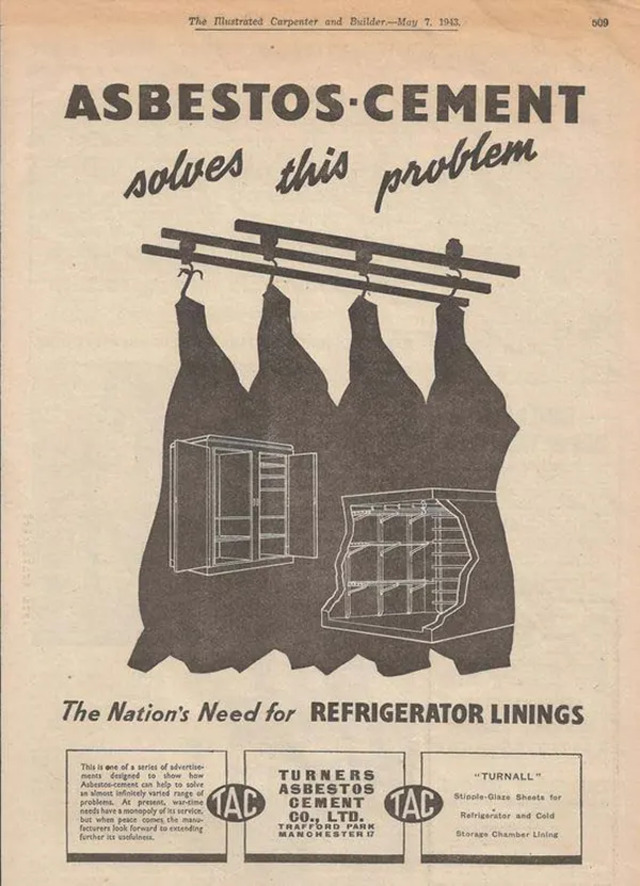
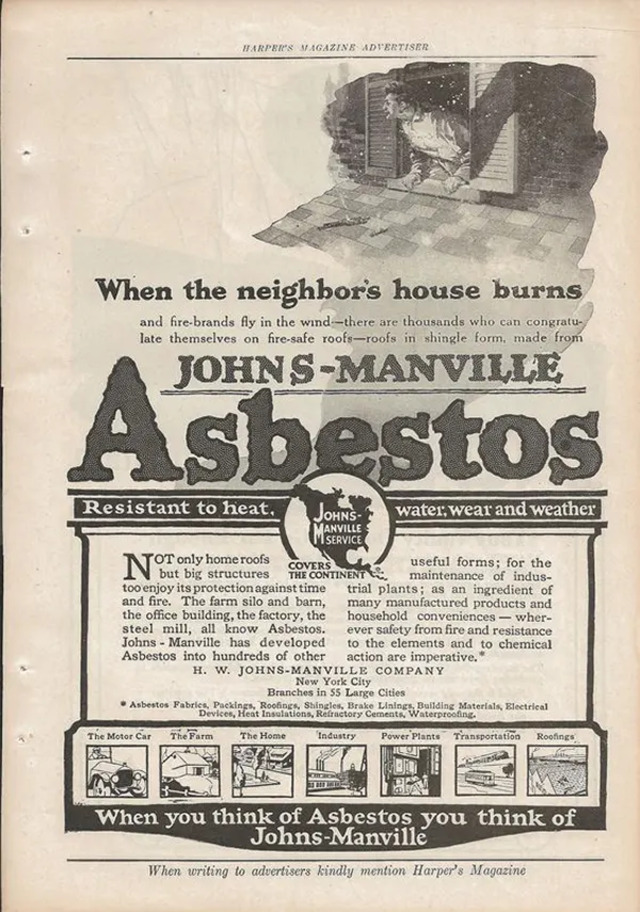



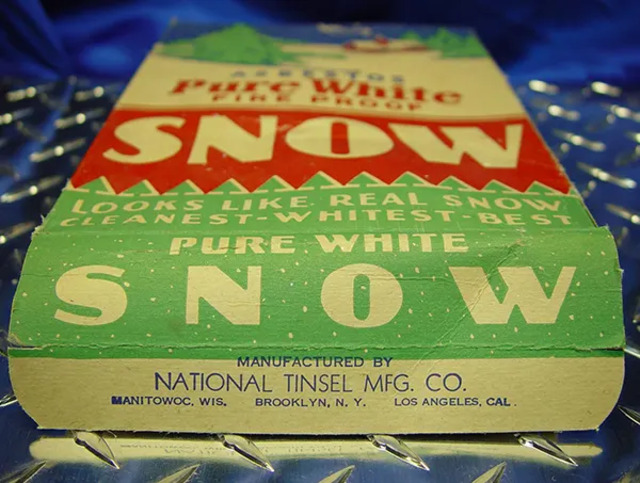
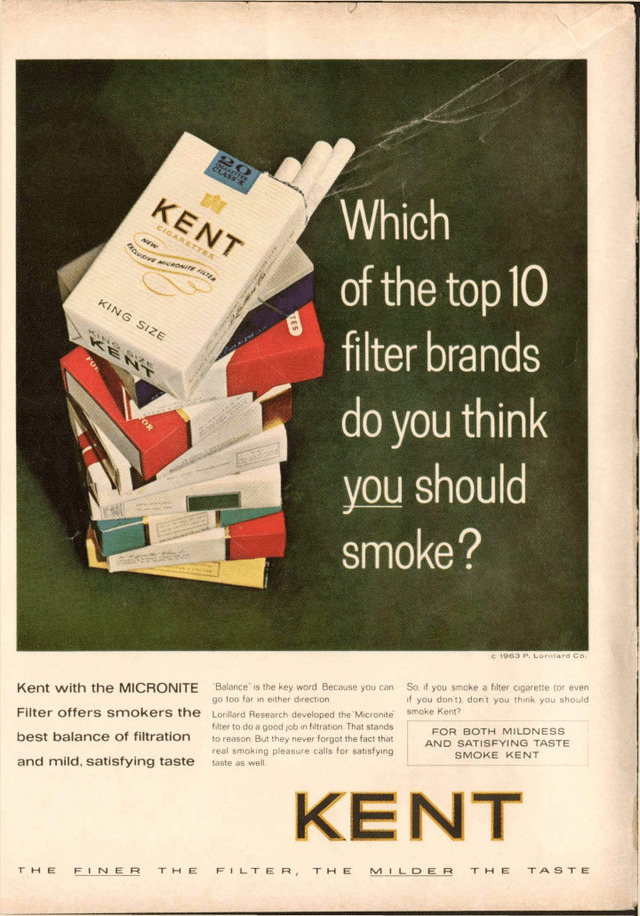
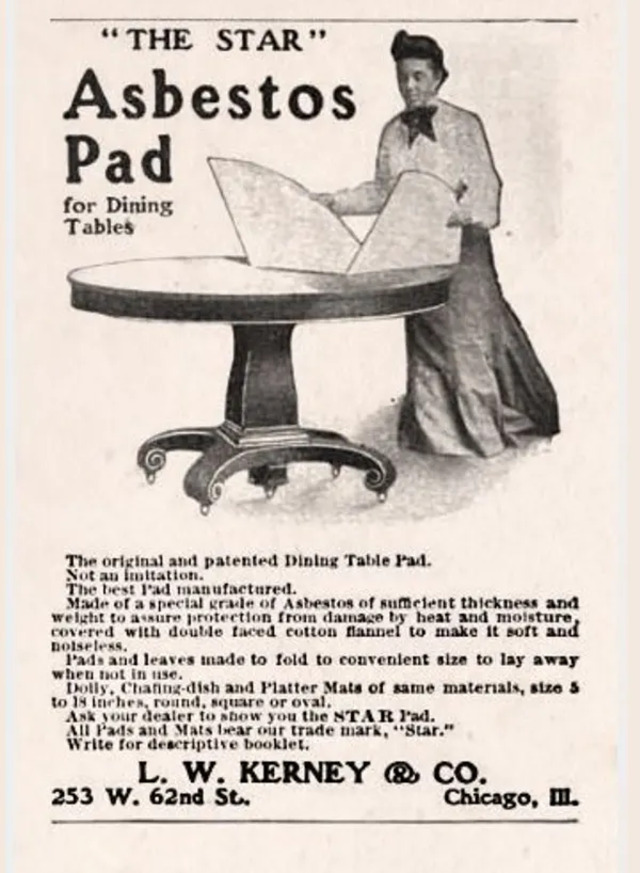
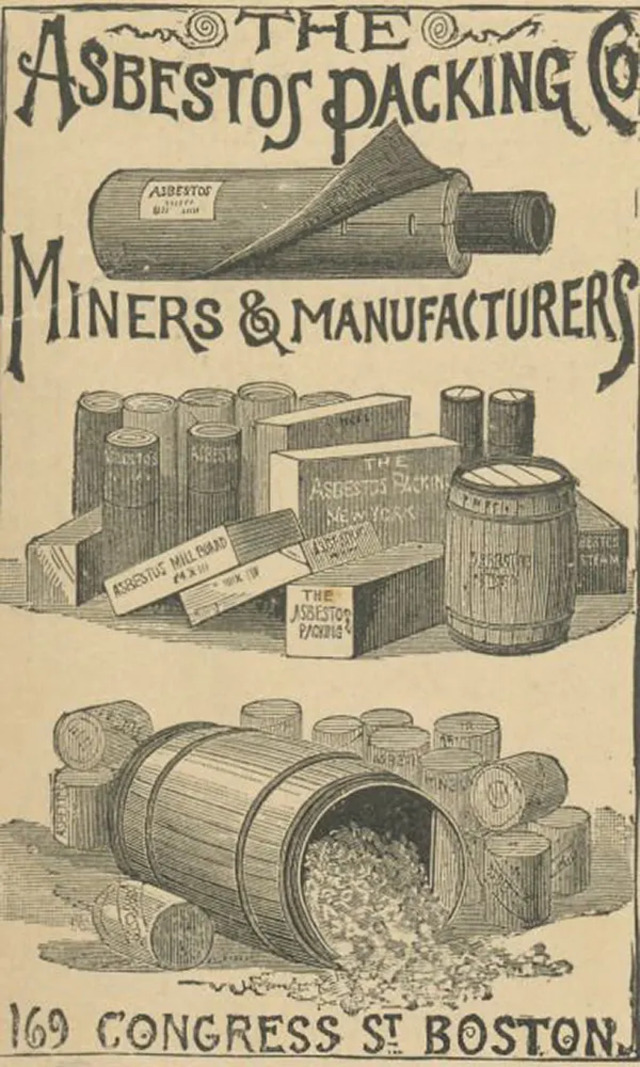
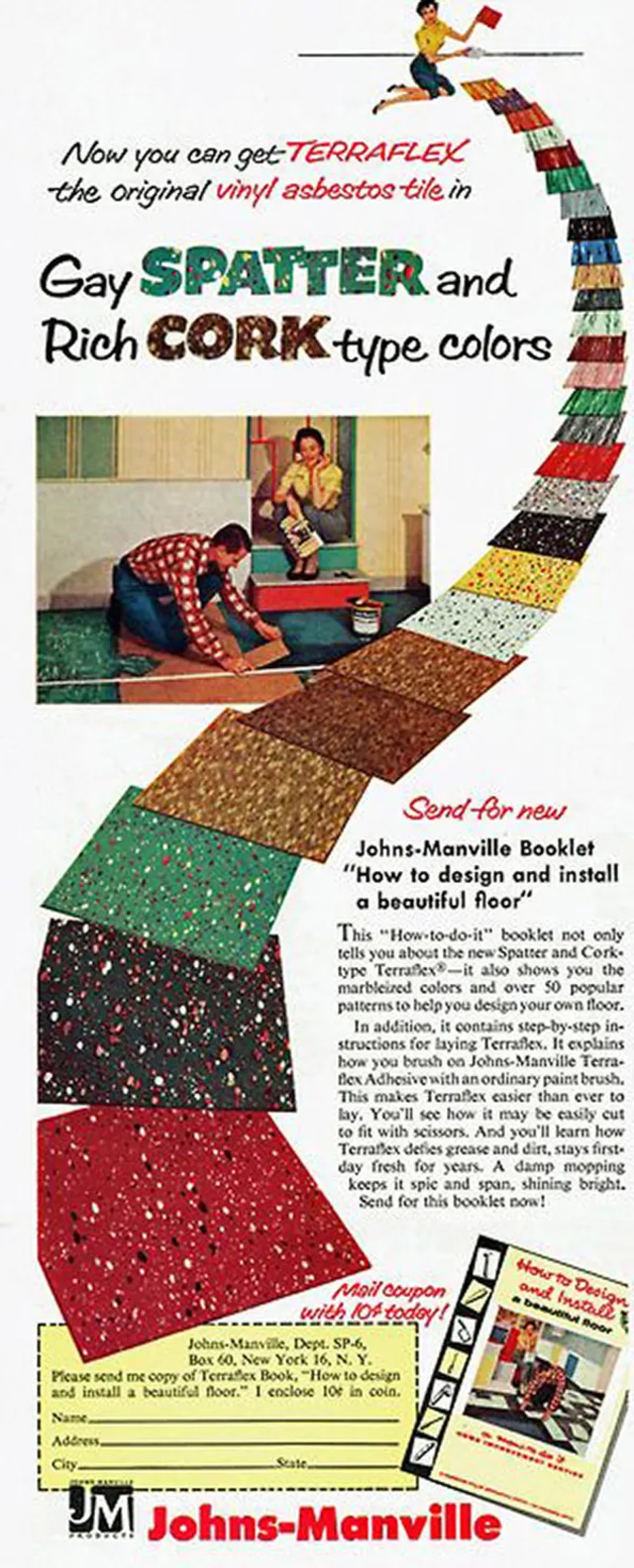


Video
Watch the video “WHY ASBESTOS?” a 1970 propaganda film by the Asbestos Information Committee! Don’t miss this historical look at how asbestos was marketed before its dangers were widely recognized.



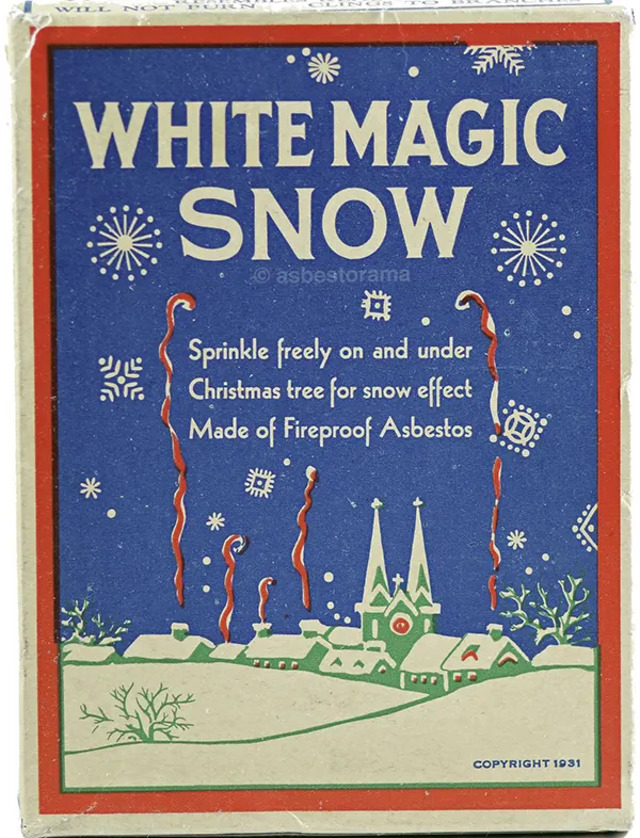
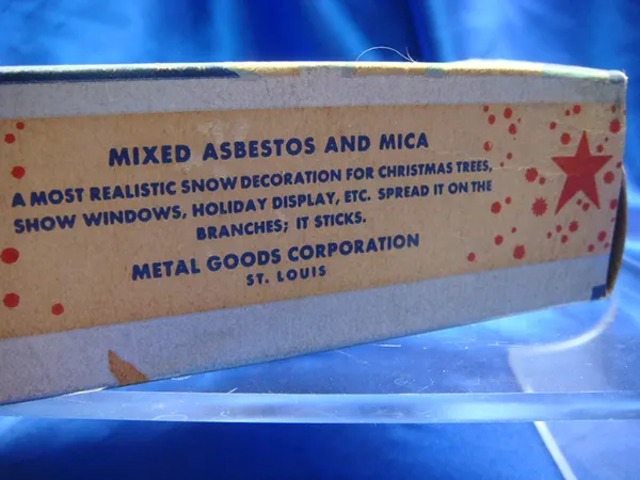
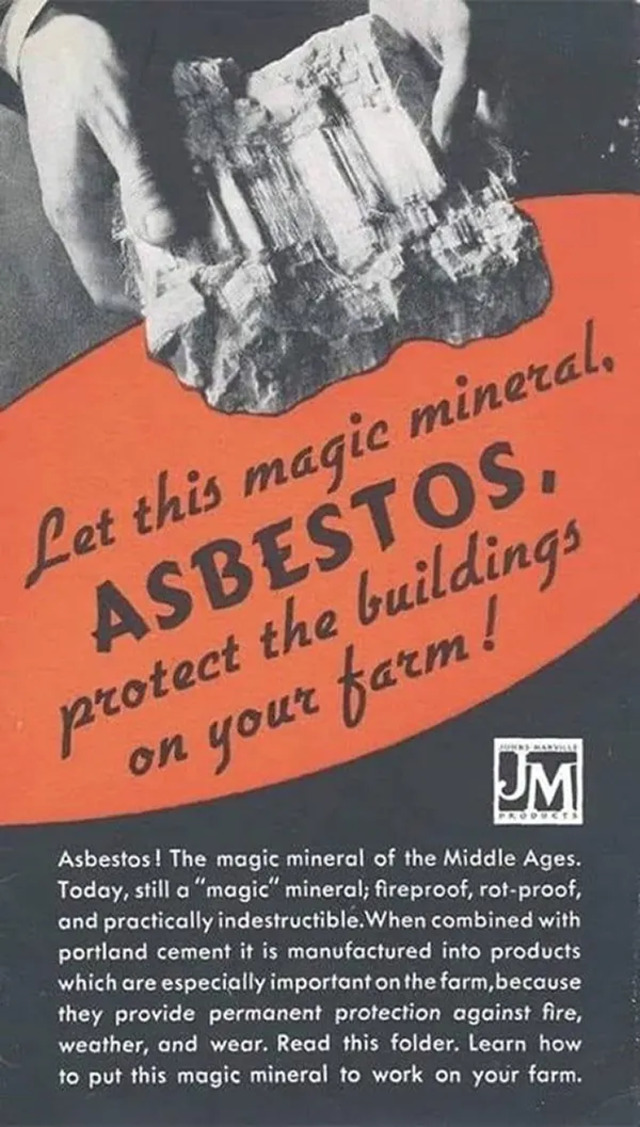
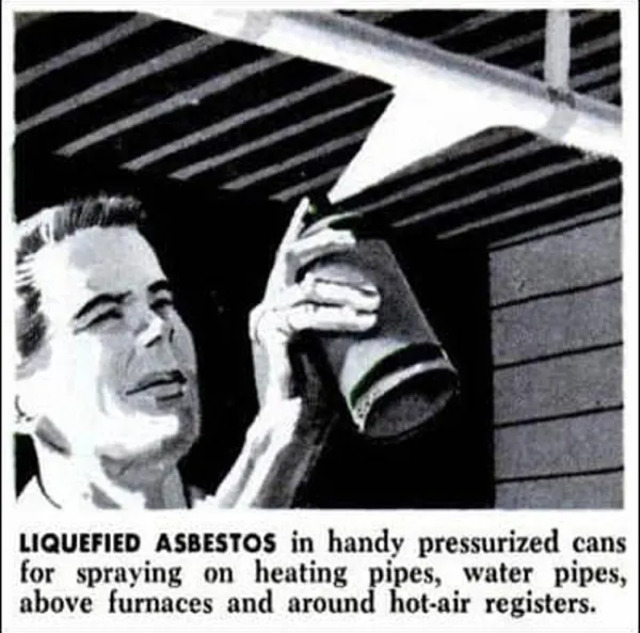
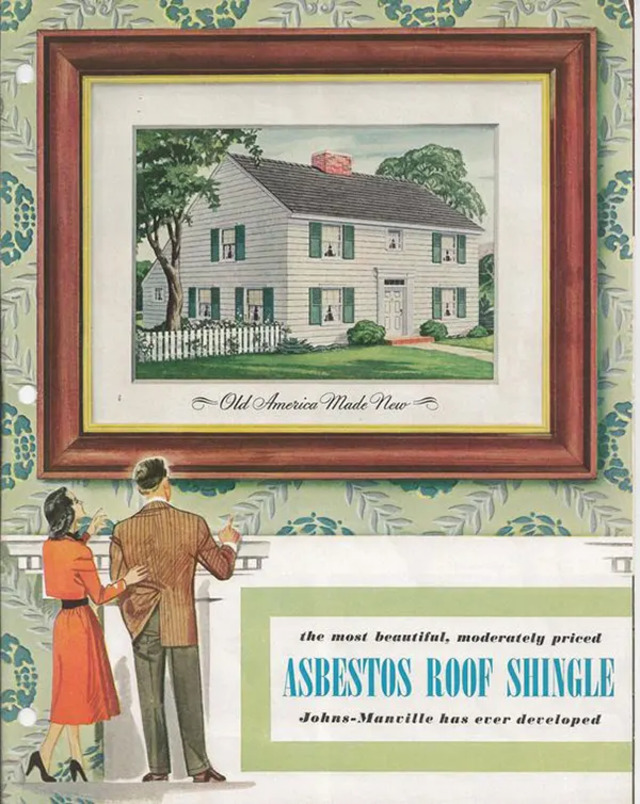
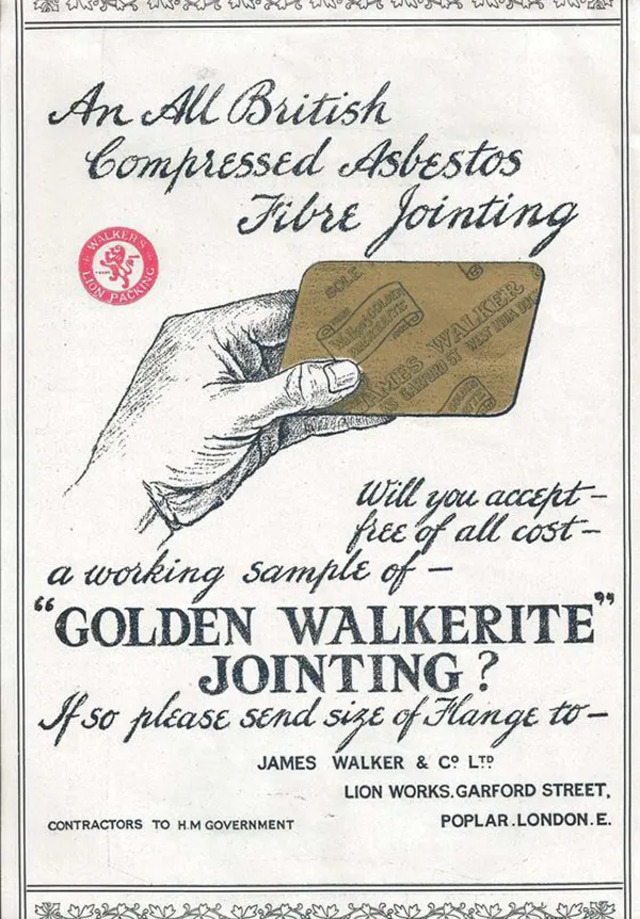
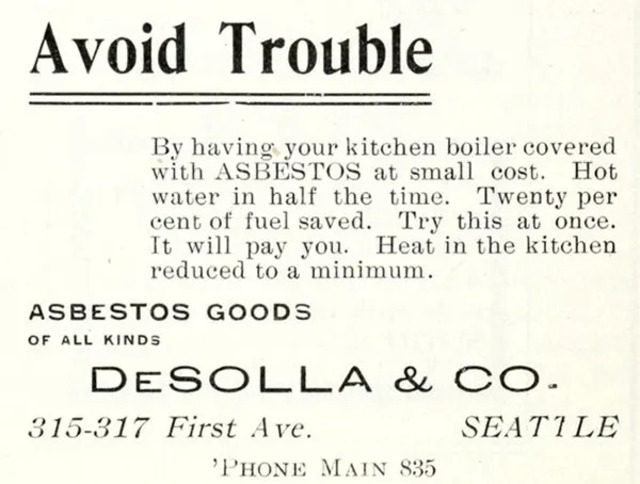

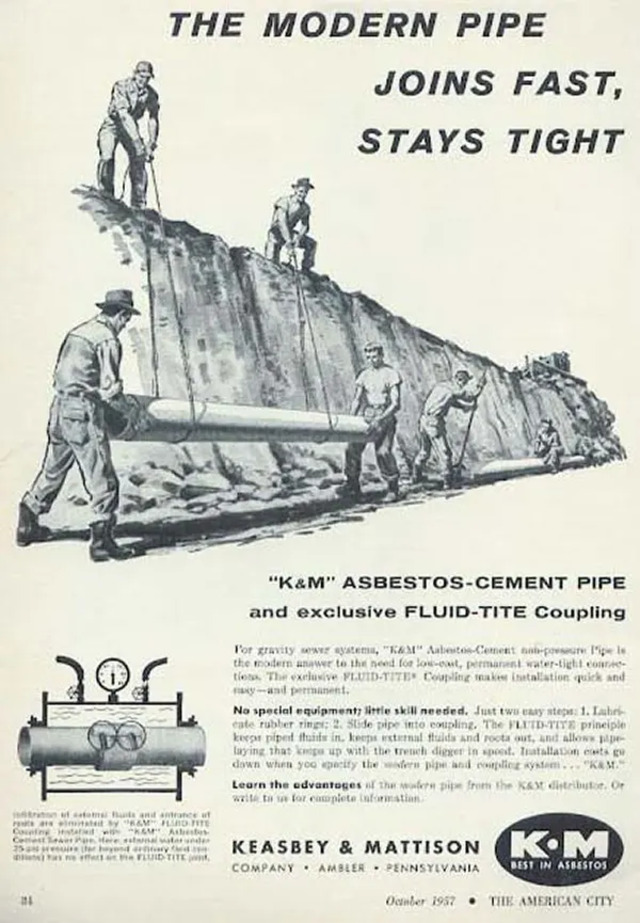


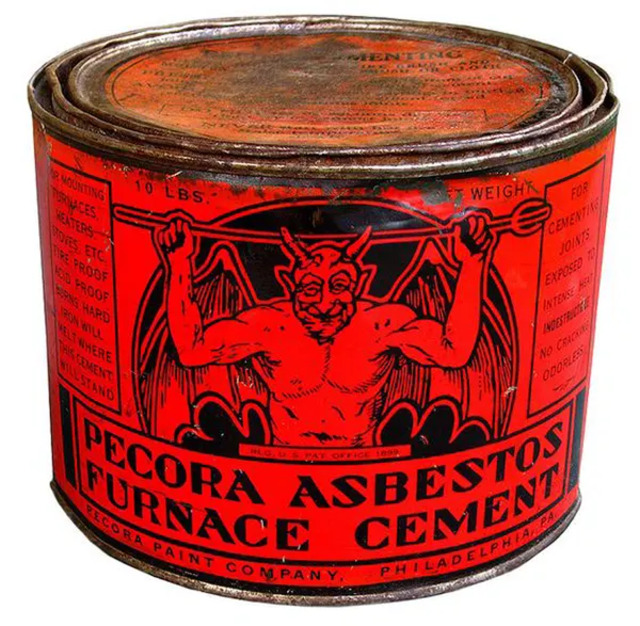
Conclusion: Lessons from Asbestos’ History and Moving Forward
The history of asbestos is a cautionary tale about the dangers of corporate interests overriding public health. For decades, asbestos was marketed as a miracle material, with little regard for its deadly consequences. It wasn’t until the evidence became undeniable that the public and governments began to take action.
While significant strides have been made in limiting asbestos exposure, the legacy of this harmful material still affects millions. As we move forward, it is crucial to remain vigilant about the safety of the materials we use and the potential risks they may pose. The story of asbestos should serve as a reminder of the importance of transparency, regulation, and consumer protection in preventing similar tragedies in the future.
